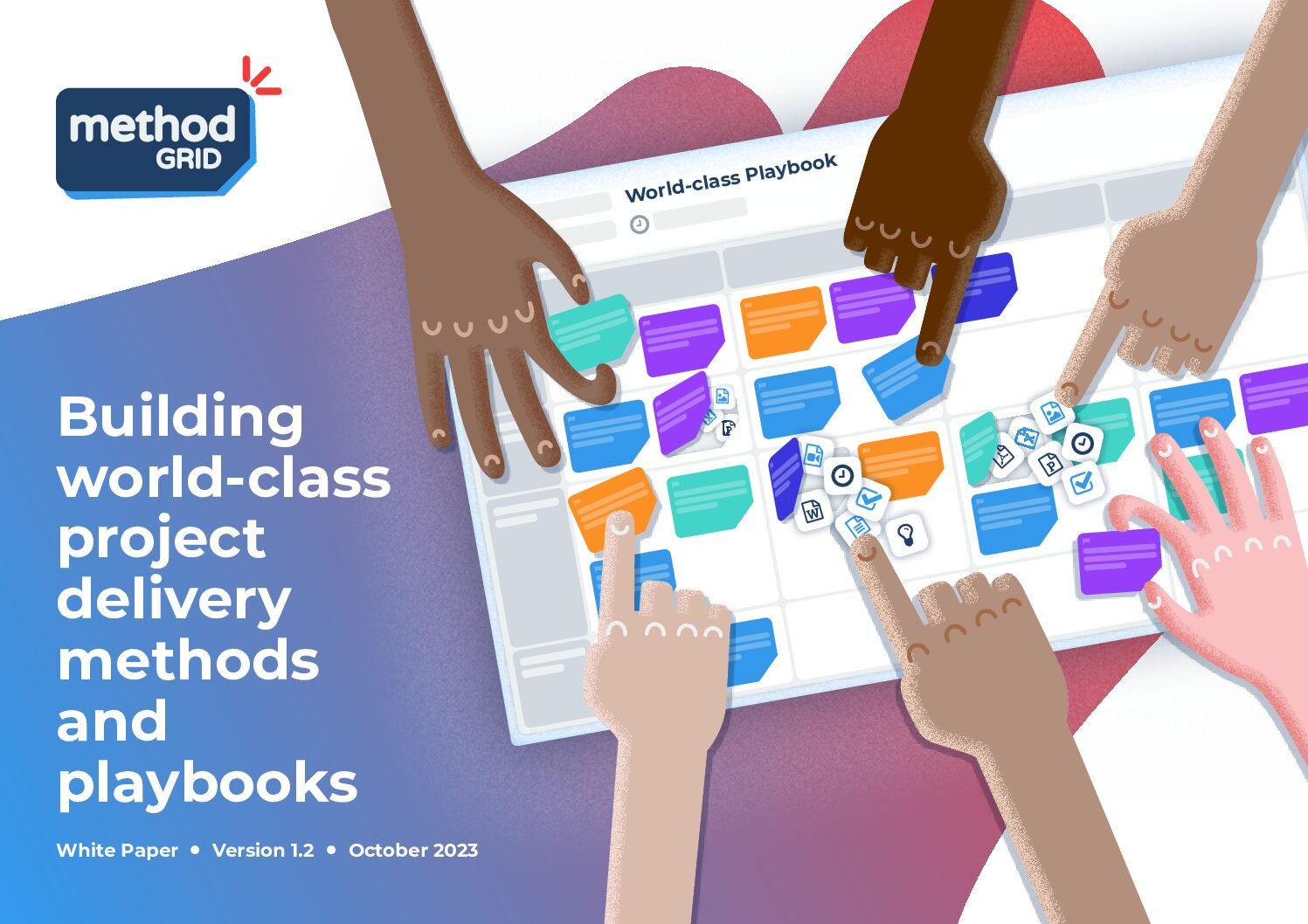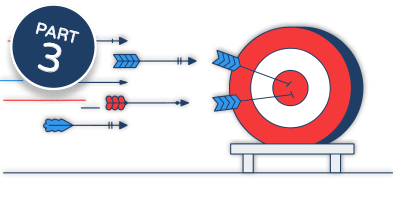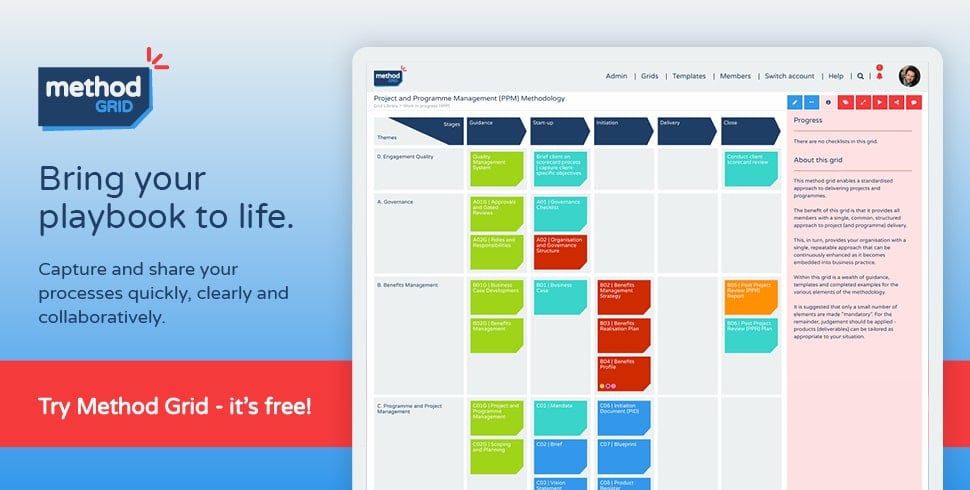Stand for something - Ignore the weigh-in - Marmite - Beware false friends - The MBA delusion - A dangerous conflation - The pitfall of idiosyncratic selling - What the top 5% do
For the last five years, I have run a three-day annual event for professional service firm leaders seeking to understand what makes a professional service firm successful? Attendees range from directors of $multi-million established companies seeking a growth inflection point through to the early-stage entrepreneur making final plans to leave employment and start-up a new business.
To open each course, I briefly describe my personal entrepreneurial story – from singleton start-up to c. £20m sale in five years – in order that all subsequent references to it are given context. Rather than deliver this as a dull, chronological discourse I forced myself, when developing the materials, to reflect on this incredible journey and muster my personal top ten success factors – to take delegates directly to the root of the entrepreneurial challenge.
In previous weeks, I have shared factors 1 to 6; in this blog, I cover factors 7-8 before concluding the series next week.
So, here goes …
What makes a professional service firm successful?
Success factors 1 to 3 – see blog.
Success factors 4 to 6 – see blog.
7. Invest in marketing … shape a proud brand and shout it out loudly.
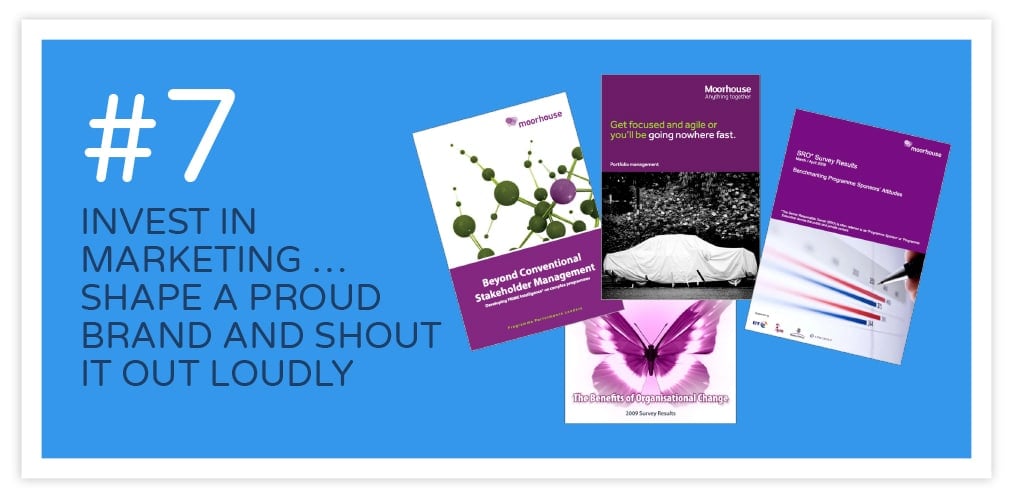
Even in the early years, clients would often say, once they had got to know us really well – “I thought your company was much bigger than it actually is”. When we were less than twenty people strong, many clients appeared to have mentally positioned us as a firm of a hundred plus. This was a positive connotation in so much as our perceived size and tenure correlated with a professional supplier they could trust and do business with.
In short, we had quickly established a brand that punched well above its weight.
Of course, it is not just about developing a loud brand but a brand that positions your services in the right emotional-rational category within a prospective buyer’s mind (actually more emotional than rational). For most company leaders, this means creating a brand with a premium connotation. Clearly, you need to back-up such a proposition with actual capabilities but, with that important caveat made, such brands give you permission to charge premium rates.
When talking about brand development, I implore professional service leaders to be bold, to truly stand-for-something. If you follow the insipid pack (think: safe blue colours, generic photo stock and staid, motherhood-and-apple-pie copy) then don’t be surprised when you just merge into the mediocre mush. Far better to stand-out with memorable colours and visuals, distinct corporate values, slightly edgy copy. Even if this creates a mild marmite effect (a British spread famous for people either loving it or hating it) at least you will be remembered. As long as your brand is authentic – in so much as it links directly to your cherished values and points of intended service differentiation – then the vibrancy of platform and message is key.
How is this all achieved? Well, of course, brand development is a massive topic – that future blogs will seek to unpack in some detail but, for now, I am just making the simple point that it requires a systematic and material investment in building out your marketing capability. This investment needs to happen early; indeed, it should even feature in your thinking before you launch.
Consider an oft trod path. An early-stage entrepreneur decides to launch their professional service business as a solo-endeavour initially. There is tangible personal risk at this juncture – especially so with respect to the predictability of future income. Such risk is viscerally felt; acutely so, if said entrepreneur has only experienced the stability of steady employment up to this point. Consequently, it is wholly rational to be really careful with start-up investment spend; you seek to defend as much of your savings buffer as is possible. So, when your friend or family member, who does a bit of web-building on the side, offers you a cheap “get up and running fast” website – many accept the kind offer. Monies saved but, unfortunately, and here’s the real rub, such a foundational marketing asset whispers: “this website was built by a friend of the (singleton) entrepreneur – a friend who does a bit of web-build on the side”.
Brands are built on a myriad of minor moments – and the first minor moments in this firm’s life do not point to a premium offer!
Before starting my firm, I nearly accepted such a kind offer – it will save me thousands I thought. Fortunately, I swerved the false friend and decided to invest (a decent portion of my modest personal savings) into a professionally designed brand and website. It was one of the best investments I made as, from the very start, the company’s online presence belied the fact that this was a singleton startup; indeed, a prospective client would be excused the initial perception it gave of a long established, multi-member firm. It was the kind of white lie that early-stage companies often need to get out of the blocks.
This factor deserves special emphasis as it speaks to a blind-spot that many (often very technically proficient) business owners have. You see, many professional service entrepreneurs, especially those with MBAs, suffer from the mild delusion that marketing is not that complicated and can just kind of happen in the margins. I know because I was one such mildly-deluded, early-stage adventurer. The value of external advisors (see my point 5 in earlier blog) is that they help jolt you out of such misapprehension. With the support of such experts, and against some initial scepticism, I realised that we needed to invest in dedicated, professional expertise.
With such encouragement, in our early years, we hired a (brilliant) full-time marketer who very quickly proved the worth of this invested (overhead) cost.
Whilst we had always punched above our weight with respect to early-year marketing (running seminars and events, producing thought leadership, surveys and white papers) this dedicated professional drove our capability to a new level – providing the inflection point for continued company growth. The decision, like the initial website build, was nervously taken (the easier path would have been to wait another year) but, each time we systematically invested in our marketing capability, reinforced our brand, then – with a modicum of nerve-holding – so our commercial fortunes would strengthen yet further.
As I say, this is a broad topic but the summary takeaway is that your most important task is in shaping a proud-and-loud brand and the most potent investment you can make is in developing a marketing capability that projects this out into your market.
Tread boldly down this path and tread early.
8. A developed, internal sales capability (built via a deliberate internal project)
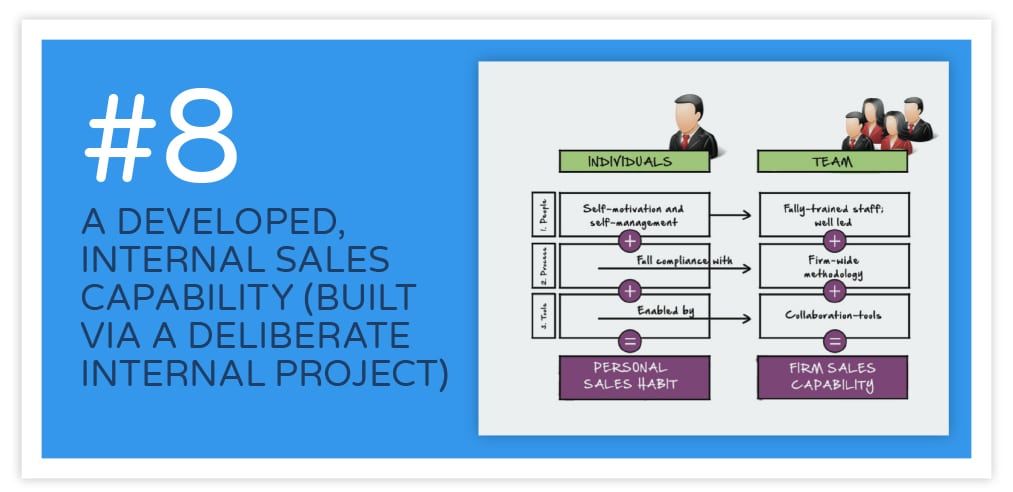
Marketing is very different from selling.
The more these two aspects are conflated in an entrepreneur’s mind, the less successful they will be. Clearly, they are highly interrelated disciplines but another critical feature in what makes a professional service firm is the need to treat each aspect in discrete separation: the build out of a selling capability is different to the build out of your marketing capability!
Again, it was the presence of external advisors on my own board that supported me in learning this fundamental point.
A huge contributory factor in the fast-growth to value in my own business was this: we very deliberately targeted the need to build a firm-wide selling capability. This is, again, a large topic and I look forward to writing many future blogs on this matter – as central as it is to the success of commercial endeavour. For now, let me just serve up the key messages and tell my story in brief.
About two years in, we were going great; indeed, I had significantly exceeded early revenue goals, had a team of c. twenty (very talented) colleagues and some forward order-book stability. Again, however, board discussions jolted us out of any collective hubris. It was clear that the vast majority of the selling was down to myself and a mercurially-gifted colleague. Between us, we probably sold c. 95% of all the work. The wiser heads on the board – externals who had been-there-seen-it-done-it, told us that our firm was virtually worthless – as dependent as it was on a couple of individuals. A couple of individuals who, truth be told, had no idea how they actually sold work (unconscious competence at best).
The nub of this factor is to move from this state of reliance on a few business developers (an isolated, idiosyncratic function) to a firm-wide selling capability (working to a common approach and with a central toolbox).
This point is massive. A game-changer for firms that, firstly, get this point but, secondly, are also successful in delivering an internal project to address the change. Such firms occupy the top 5% in my experience: especially so as such internal-change, capability-enhancing projects are notoriously difficult to execute. Hey, no one said this was going to be an easy ride – but – the prize of traversing this step really is a radical transformation in your firm’s value. Firm’s that build a selling capability shift from a forward book reliant primarily on capricious luck and circumstance to a shared, de-risked and predictable pipeline.
I will write more about how we went about this, and the steps I recommend to others, but let me state the fundamentals here. You will need to run this under a very tight project discipline; that is – clear roles and responsibilities assigned, clear scope and timelines etc. I know such project-based controls are anathema to many but it really is essential in this context. This project will take at least nine months to complete (any shorter and you have probably missed the complexity of such a change initiative) but aim to complete it under fifteen months (any longer and energy will just dissipate). You might seek some external expertise but don’t delegate the overall task to an advisor – such change needs to be unequivocally led and championed by the leaders of the business.
Finally, the scope of such a project needs to be carefully assembled. For a sustainable transformation in your sales habits (revitalised behaviours/approach/tools) to take hold, multiple parts need to be brought together. It is the careful integration of these multiple aspects that leads to the step change. As a minimum, such a project should include aspects of organisation (clear accountabilities and targets), bespoke methodology development (a tailored, common approach to sales categorisation, sales contacts, qualification, prospecting, sales meetings etc), operational practices (MI, sales account meetings etc), staff training (focusing on self-talk and motivation as much as the developed, common approaches and tools), related HR matters (competency frameworks and reward systems recognise the imperative of selling) and your support tools (CRM etc).
As an aside, Method Grid serves as an ideal platform on which to collaboratively develop (and share) a bespoke company sales methodology.
Such a project is a lot of work but the earlier you bite the bullet of such an initiative, the easier it will be. Conversely, firms that perpetually dodge this bullet will, at best, meander along or, at worse, go out of business when their capricious luck runs out.
So, what’s next?
Next week, I will conclude this perspective on what makes a professional service firm successful: a reflection on my own personal journey from singleton start-up to valued business within five-years. Specifically, I am going to reflect on the last two critical success factors, in my top ten list, that enabled this fast growth to value.
Success factors 9-10 (Part 4): see blog
Hopefully, you’ll join us on this journey. It’s totally free, and you don’t have to be a Method Grid customer (though you’re more than welcome to sign up for a free trial here).
We’ll be releasing a new post each week, starting with the one outlined above. To get each post emailed to you as soon as it’s published, sign up for the Climbing Mount Audacity mailing list below.
Climbing Mount Audacity…
From Startup to Scaleup!
We're sharing everything we know about how to build an awesome professional service firm (and enjoy the journey en route!) PLUS travel updates, reflections on our stumbles and general musings on our Method Grid journey.
Signup below to get the latest articles
direct to your inbox.
See you next week. Have something you want to hear more about? Let me know in the comments below or via Twitter.




